For years, there was no federally funded research looking at gun violence. The CDC said federal law prohibited it, blaming the Dickey Amendment. That amendment, though, didn't prevent research. It barred the use of federal money for gun control advocacy, which is certainly a noble goal.
After all, gun control is a controversial subject. To have one's tax dollars funneled toward efforts to curtail the rights of that same taxpayer is beyond ridiculous.
But the CDC held firm for years until the rules were changed recently and such research began anew.
Unfortunately, anti-gun voices are seemingly trying to gaslight the American people as to who saw things in which way.
Take this editorial that appeared in multiple publications across the nation:
Most Americans, we believe, can agree that the United States should work to reduce gun violence. While there is room for debate over specific strategies, most responsible gun owners and gun-rights activists can recognize that our nation has a problem.
The United States has by far the highest rate of gun deaths among developed countries. According to The Commonwealth Fund, the United States had 10.4 firearm deaths for every 100,000 people in 2019 (the latest year for which complete data is available). Among developed nations, France was second at 2.2 deaths per 100,000 residents, and Switzerland was next at 2.1.
…
It also is no coincidence that, for decades, Americans have been reluctant to effectively study and assess this phenomenon. The first step to solving a problem is admitting that you have one, and U.S. policy has effectively ignored that dictum.
So we can already see where this editorial is trying to head–an anti-gun direction, which is hardly surprising–and they're going to talk about research.
That's fine, in and of itself. It's where they go that bothers me.
Therein lies the point. For too long, powerful political forces have effectively prevented robust research into gun violence. Much of this reluctance can be traced to the Dickey Amendment, which was passed by Congress in 1996 as a rider on a spending bill. The amendment, supported by the National Rifle Association, stated, “None of the funds made available for injury prevention and control at the Centers for Disease Control and Prevention may be used to advocate or promote gun control.”
In the minds of too many gun-rights advocates, research equates to advocacy. Ignorance, as the saying goes, is bliss. A study published in the American Journal of Public Health found that from 1998 to 2012, CDC funding of gun-violence research declined by 96 percent, and academic publications studying the issue declined by 64 percent. Notably, former Rep. Jay Dickey, R-Ark., for whom the amendment is named, has since lamented his role in preventing research.
Except that it was the CDC itself that decided funding gun research equated to advocacy.
Unbiased research is simply unbiased research. It's not advocacy unless you either want to make it advocacy or you weren't unbiased to start with.
Yet here we see that this editorial is trying to frame it as if we were the ones who couldn't differentiate the two.
Now, in truth, it sure looks like the CDC had a reason to believe that the Dickey Amendment barred all gun research. After all, we rarely see new reports over studies that found something in favor of the Second Amendment–a statistical improbability if such research were really unbiased–and we've also seen the lengths so-called gun researchers will go to in order to find an anti-gun result.
But it wasn't the gun rights side that declared all gun research was actually advocacy.
For this editorial writer or writers to try to reframe everything is nothing but gaslighting the American people, many of whom remember that it was the CDC's decision to not conduct research over a law that only barred advocacy.
Read this article in its entirety at Bearing Arms.






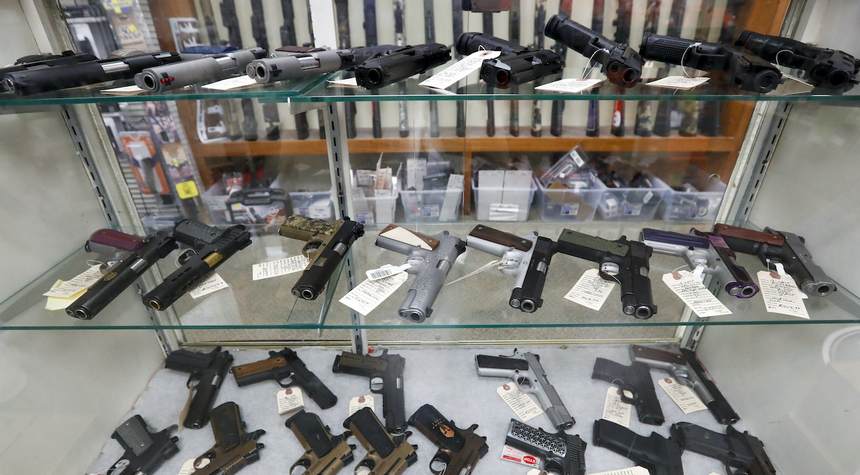










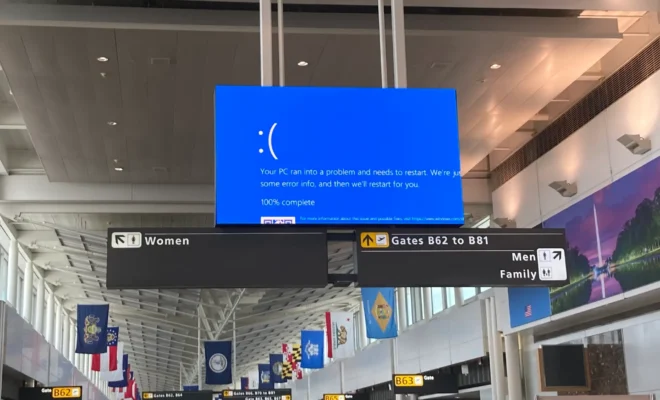


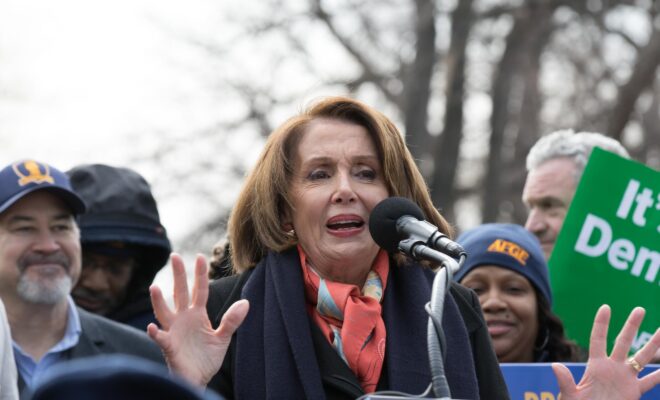



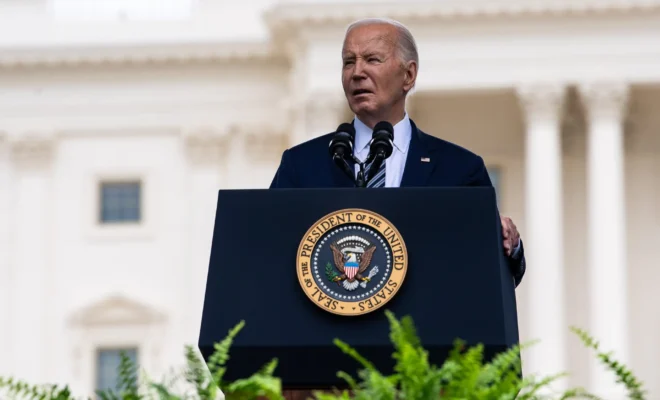

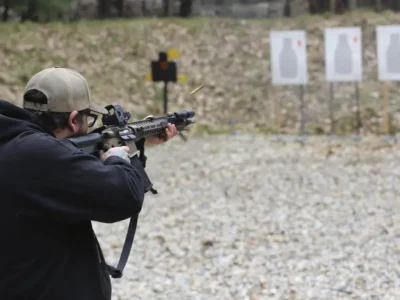




Eliminate the CDC; problem solved in the short term.
Eliminate Communists, Fascists, Socialists, liberals; problem solved long term.
When my kids were growing up some of the other kids and some teachers (very few) were saying that firearms were bad and since I owned firearms they wondered if I thought they were too dangerous to have in our home, keep in mind that we lived on a farm and there were various varmints around that could be dangerous to our pets and to them as well, I told them what they already knew that our firearms were kept in a locked safe most of the time. I then told them before we had a talk about the dangers of having firearms in our home, we do a little test. I said if they could see how many of their friends were hurt or killed by firearms and how many were hurt or killed by automobile accidents, then we could have this talk. When they had all graduated the score was 0 fire arms injuries or deaths and three deaths and 4 injuries by automobiles. We never had another word about gun control again.
As usual the ‘experts’ are using a flawed methodology. IF (and they certainly are not) they were studying the problem by first looking at the violent act and the reason for it then looking at the tool used to facilitate that act, they ‘might’ have a viable study. Since they are more interested in demonizing inanimate objects (why?) their results will continue to be flawed.